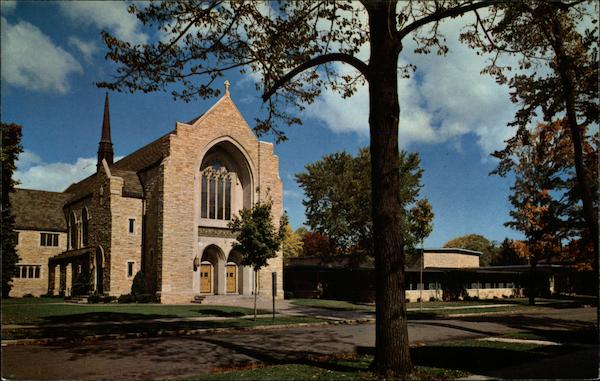About Congregational Singing

I recently attended a traditional worship service where the emotional and spiritual highlight for me was the opening and closing hymns. This was not because the sermon message was subpar (far from it), but because of the quality of congregational singing. The opening hymn that Sunday was “When Peace Like a River”, and the closing hymn “Stand Up, Stand Up for Jesus”.
I hesitate to bring up the importance of congregational singing, because this particular worship ministry challenge can present something of an “uneven playing field”, especially for smaller churches. So full disclosure: In the above worship service I was one of about 150 worshipers. So you could argue that my positive worship “experience” would not have been so memorable if I had been one of only 35 or 40. In fact, in that scenario I might have only heard my own voice during these hymns. (Heaven forbid!)
However, I am absolutely convinced that the following worship music principle is true for congregations of virtually any size, not just mid-sized or large churches. The principle is this: For any church worship service that includes hymns (or contemporary songs), the quality of congregational singing will usually depend on two factors: The familiarity and popularity (among worshipers) of a given hymn. And this principle is just as true for a worshiping community of 50 or fewer as it is for a worship gathering of 150 or more. In fact, the fewer people present at a worship service the more awkward it is for worshipers to feel comfortable and motivated to sing aloud when the hymn is not familiar and not a “favorite”.
Here are some questions that might have already come to mind for some of you:
- “How am I to determine my congregation’s “favorites”?” If you don’t trust your own judgment on this matter, a congregational survey might be in order. This can be done during announcements on a well-attended Sunday. Those worshipers who need more time can be invited to take the survey home and return it the following Sunday.
- “What about when we want to introduce a new, less familiar hymn?” Unless you have an above-average vocal song leadership team to help, do not introduce unfamiliar compositions at the beginning or end of a worship service. You don’t want the first or last impressions of worshipers on that Sunday to be based on trying to sing unfamiliar and potentially difficult hymns. Instead, “teach” and lead an unfamiliar hymn toward the middle of your service; perhaps after the sermon. And please, let them learn this hymn sitting down.
- “What about when we have a particular yet unfamiliar hymn we want to introduce based on the lyrics alone?” Trust me on this: If your worshipers can’t sing it, it is unlikely they will appreciate the lyrics. A suggestion: Have the lyrics printed out in the bulletin (or projected), and play an audio or video recording of this composition.
There is one additional reason for selecting familiar “favorites” for your opening and closing hymns: Quality congregational singing goes a long way toward encouraging members to worship in-person rather than online. Why? Because quality online vocal worship music is, more often than not, a oxymoron. When watching online worship the viewer typically only hears the amplified voices of song leaders; or the two or three worshipers that happen to be closest to the microphone. In fact, I later watched the very same service I mentioned above online. The sermon message was just as good, but not the hymns. All I heard during the hymns was the voices of two song leaders. I could not hear the congregation at all.
So if you suspect that the quality of your congregation’s singing can be improved, I have a suggestion. If you currently draw from a list of over one hundred different compositions for your opening and closing hymns, consider this challenge: Shorten your list to the fifty hymns and songs you deem—or discern to be, through a survey—your congregation’s familiar “favorites”. Then for at least three months, only select your opening and closing hymns from this list. (Just one caveat: If your worship attendance averages less than about fifty, avoid compositions—no matter how familiar—that are beyond the vocal range of most of your worshipers.) My conviction is that, over this three-month trial period, you will be pleasantly surprised by what you hear.
Pastor Don Brandt
The Congregational Lay-leadership Initiative


